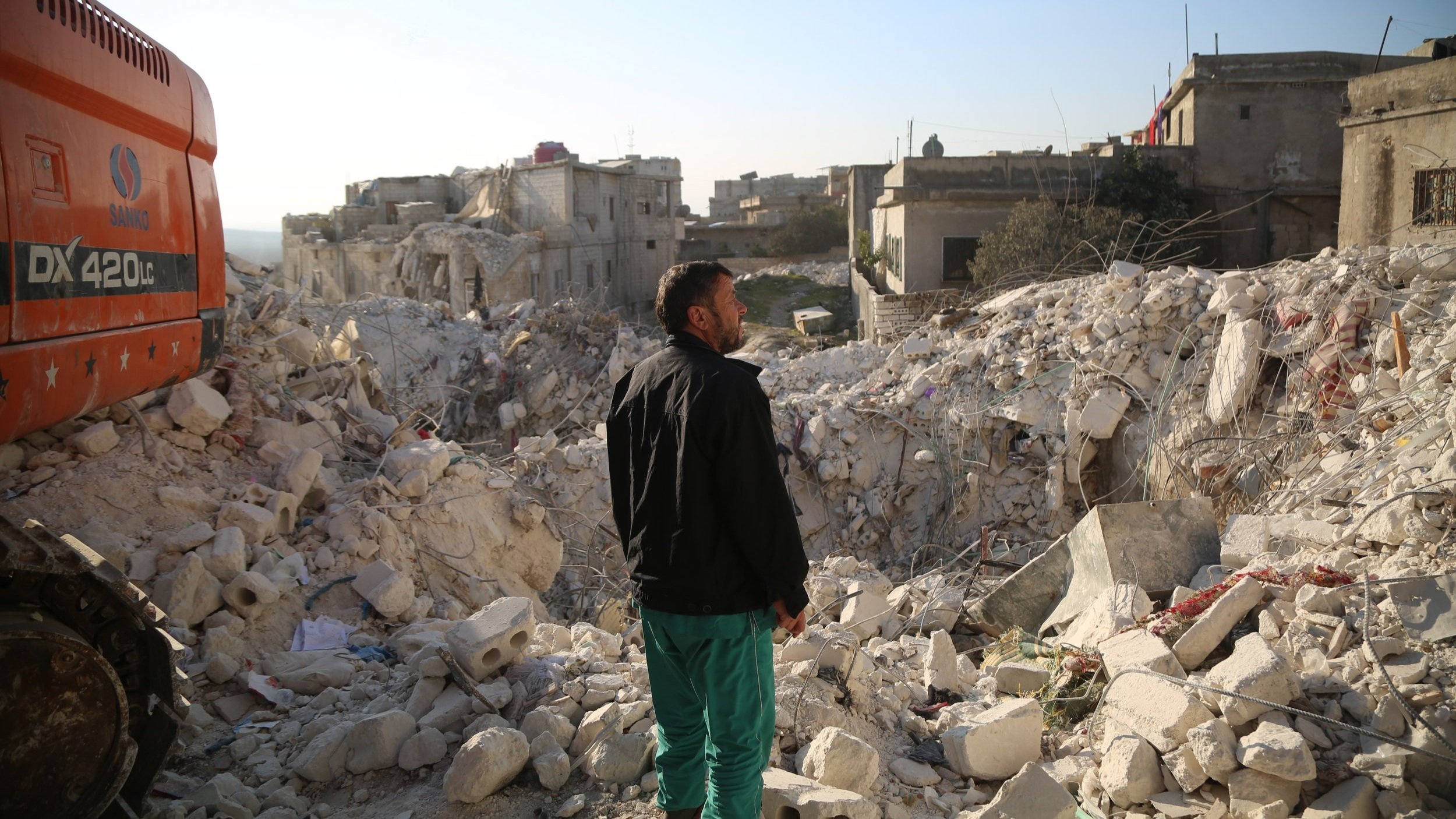An analysis of the communication and engagement ecosystem in earthquake-affected northwest Syria
In February 2023, catastrophic earthquakes struck Türkiye and northwest Syria, causing significant damage and impacting humanitarian aid and communication. This report presents findings from a study conducted between June and August 2023, aiming to understand the information flows and communication ecosystem in northwest Syria.
The earthquakes occurred in the context of multiple concurrent crises. For many of those affected, the disaster was the latest in a series of events that have disrupted their lives, displaced them and further exacerbated difficult conditions. Communication, information and engagement occur in a sensitive and highly politicised environment, posing significant challenges to the humanitarian response.
Effective communication and engagement are essential pillars of humanitarian response and accountability. By delving into community communication dynamics, preferences and challenges in northwest Syria, this report provides responders with the evidence needed to adapt and expand their communication, community engagement and accountability (CCEA) efforts. Ensuring accessible and transparent information dissemination empowers communities and reinforces trust, promoting community-driven recovery and thus improving humanitarian outcomes for everyone.
This project was funded by the H2H Network’s H2H Fund, which is supported by Disasters Emergency Committee (DEC), and delivered in partnership with CLEAR Global and Insecurity Insight.





